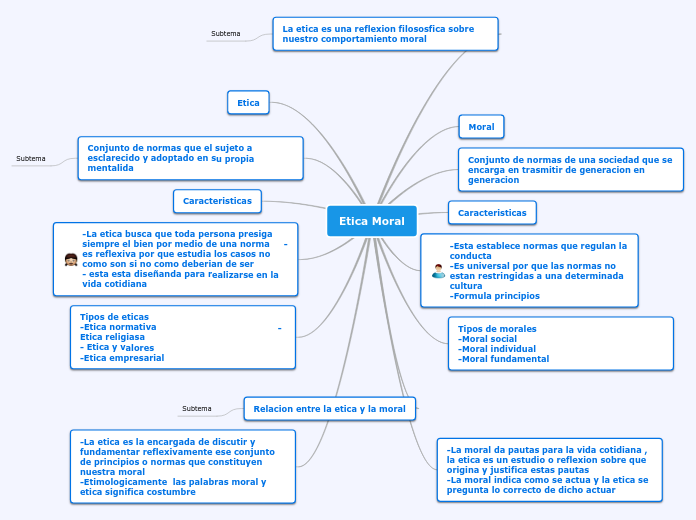MAX WEBER: BUROCRACIA
To name your story, you have to think about the overall message and what you want your audience to understand from the story. Also, make it relevant and easy to remember.
CRÍTICAS
Despersonalización de las relaciones
Resistencia a los cambios
Exceso de formalismo y papelería
VENTAJAS
DISCIPLINA
ORDEN
EXIGENCIAS
AUTORIDAD
ORGANIZACIÓN
RACIONAL
EFICIENTE
TIPO DE AUTORIDAD
The middle of the story is where you add layers of complications that will lead to the end. Reveal more about the character's journey. Did their personality go through changes? How did they overcome the challenges? And as you build up the story’s central conflict, make it more personal to that character. Also, from the middle act, you have to lead into the final act.
LEGAL
There wouldn't be any tension and excitement in your story if there weren't any obstacles in your character's way.
GOBIERNO ELEGIDO
REGLAS
NORMAS
CARISMÁTICA
Your character(s) need(s) motivation in order to solve the challenge(s).
PERSONALISTA
Secondary characters also might have motivs beacuse of which they may cross path with main character or which might trigger them to help the main character.
TRADICIONAL
Each story has a main character and that character usually needs to solve a problem or challenge. The character's challenge is the one that creates tension throughout the story.
FEUDAL
Type in any other challenges which other characters in the story need to face.
PATRIARCAL
In most stories, there are 3 challenges. The number 3 is a mystical number symbolizing completeness. Try to come up with interesting challenges with which your character needs to struggle.
See a few examples below:
- turns into a werewolf at night
- is sent back in time
CARACTERÍSTICAS
In the beginning of the story (or the exposition), you will need to introduce the setting and characters. You might also want to introduce the main conflict. This part of the story is important because it gives the reader necessary background information and maybe even a first insight into a character’s personality.
RECLACIONES IMPERSONALES
Aplicación uniforme de
reglas y controles.
JERARQUÍA DE LA AUTORIDAD
según su
CAPACIDAD ADMNISTRATIVA
CAPACIDAD TÉCNICA
COMPLETA PREVISIÓN DEL FUNCIONAMIENTO
REGLAMENTOS Y NORMAS
COMPETENCIA TÉCNICA Y MERITOCRÁTICA
La selección de personal se basa en el mérito y no
en preferencias personales
DIVISIÓN DEL TRABAJO
RUTINAS
TAREAS SENCILLAS
COMUNICACIÓN
The setting (time & place) of a story can change throughout the plot.
caracter formal
reglas, decisiones y
acciones registradas por escrito
ADMINISTRACIÓN
Characters are essential to a good story. Usually, the protagonist(s) is/are the most affected by the plot. Introduce a character by focusing on their actions, interests, and occupation, as the physical appearance doesn't make a difference in most cases.
caracter legal
Type in the name of your character.
normas
What is your character's main goal?
fight Evilfind lovedefeat his/her enemyrule the worldmake friendstime travelmake an awesome discoveryOther
reglas
Choose the type of your chacter:
Protagonist (main character)Antagonist (main character's opponent)Flat (stereotypical character)Round (his/ her personality develops throughout the story)Static (doesn't evolve as a person throughout the story)Dynamic (dramatical change in personality)Confidant (the main character trusts him/ her)Foil (contrasting character who enhances the personality of another character)Other










